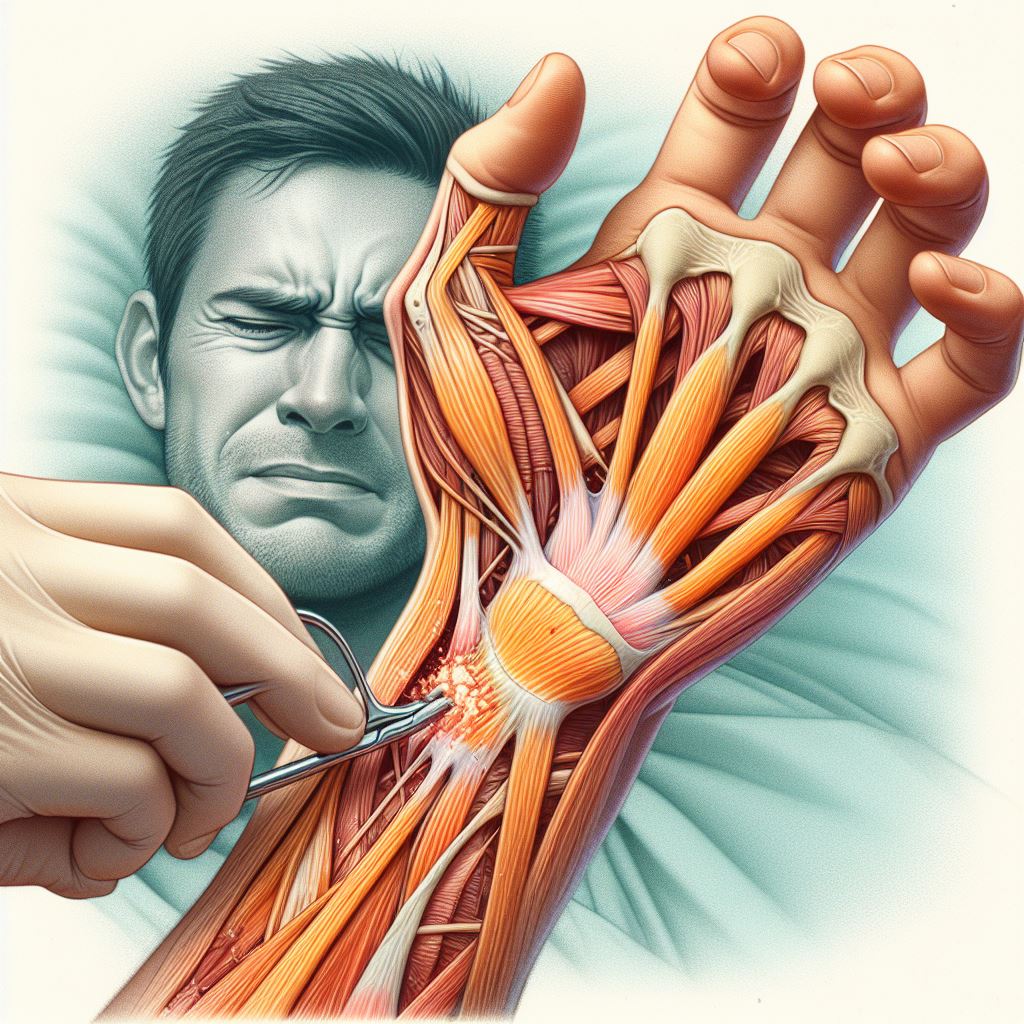Description
Familiarity with Treatment:
De Quervain’s release is a surgical procedure aimed at addressing De Quervain’s tenosynovitis, a condition characterized by inflammation of the tendons at the base of the thumb. The surgery involves releasing the constricted tunnel that the tendons pass through, alleviating pain and improving thumb movement.
Procedure:
- Incision: An incision is made over the affected area, providing access to the constricted tunnel.
- Release: The surgeon carefully divides the constricted tunnel to create more space for the tendons to move freely.
Who is it Suitable for?
De Quervain’s release is suitable for individuals with persistent and debilitating symptoms of De Quervain’s tenosynovitis, such as pain, swelling, and difficulty moving the thumb and wrist. It is often recommended when conservative treatments, such as splinting or corticosteroid injections, have not provided sufficient relief.
Who is it Not Suitable for?
De Quervain’s release may not be suitable for individuals with mild or intermittent symptoms of De Quervain’s tenosynovitis that can be effectively managed through non-surgical means. Additionally, those with certain medical conditions that increase surgical risks may not be good candidates for this procedure.
Advantages:
- Pain Relief: De Quervain’s release surgery can alleviate the pain and discomfort associated with De Quervain’s tenosynovitis, improving overall hand and thumb function.
- Restoration of Mobility: By releasing the constricted tunnel, the surgery aims to restore smooth thumb and wrist movement, allowing for improved dexterity and comfort.
Complications:
- Potential complications of De Quervain’s release may include surgical site infection, nerve or blood vessel injury, stiffness, persistent symptoms, and rare instances of tendon rupture.
Preoperative Care:
- Comprehensive evaluation of the patient’s symptoms, including physical examination and imaging studies, to confirm the diagnosis and determine the need for surgical intervention.
- Patient education regarding the procedure, including potential risks and benefits, as well as expectations for recovery and rehabilitation.
Postoperative Care:
- Immobilization and protection of the surgical site during the initial healing phase.
- Hand therapy to regain thumb and wrist strength and flexibility.
- Monitoring for signs of infection, impaired healing, or complications.
- Gradual return to normal hand use, avoiding activities that may stress the operated thumb and wrist.





Reviews
There are no reviews yet.